This time we are going to talk about both small mistakes and big blunders when it comes to using fenders. Marine boat fenders play a big role in guarding your vessel against all kinds of collisions, impacts and damage during mooring, but many yachtsmen unintentionally make mistakes that compromise the effectiveness of these popular safety devices. Based on our own experience, we will explore the most common mistakes when using fenders and will provide some insight on how to avoid them. By understanding these pitfalls and following the recommended practices, you can ensure optimal protection for your yacht and enjoy carefree yachting experience.
Choosing the Wrong Fender Size or Type
One of the most common mistakes yachtsmen make is selecting the wrong fender size or type for their vessel - opting for fenders that are either too small or too large can result in inadequate protection and potential damage to your boat.
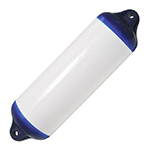 Cylindrical Fenders
Cylindrical Fenders 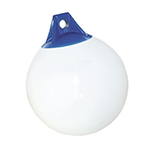 Round Fender
Round Fender 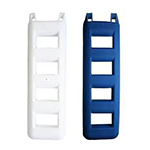 Ladder & Steps Fenders
Ladder & Steps Fenders 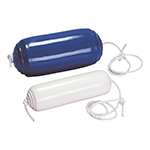 Thru-hole Fenders
Thru-hole Fenders 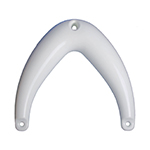 Bow & Stern Fenders
Bow & Stern Fenders 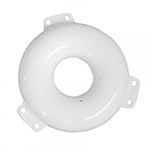 Ring Fenders
Ring Fenders 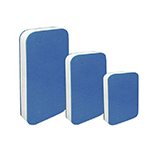 Cushion and Flat Fenders
Cushion and Flat Fenders 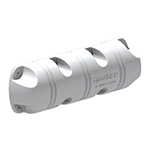 Dock Fenders & Accessories
Dock Fenders & Accessories 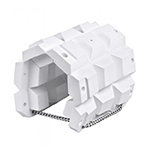 Pile Fenders
Pile Fenders To choose the appropriate fender size, take into account the dimensions of your boat, including its length, weight and beam width. Additionally, think of the docking conditions you typically encounter – how often are you dealing with big waves, tides or rough waters?
Choosing the right fender type is equally important. The cylindrical fender is definitely the Swiss knife of boat protection, as it offers versatility and general protection for various boat sizes. However, for specific applications or unusual designs, specialized fenders like low-freeboard fenders or bow fenders may be more suitable. When it comes to size, for every 1.2 meters of the yacht’s length you should add another 2.5 cm of fender diameter. Here’s a handy chart:
| Fenders Size (S) / Diameter (D) |
Yacht Length | |||||||
|---|---|---|---|---|---|---|---|---|
| < 5m | 6m | 8m | 10m | 12m | 14m | 16m | 18m | |
| Cylindrical Fenders, D | 100mm | 125mm | 150mm | 200mm | 250mm | 300mm | 350mm | 400mm |
| Round Fenders, D | 200mm | 250mm | 300mm | 400mm | 500mm | 600mm | 700mm | 800mm |
| Majoni Star, S | Star 1 | Star 1 | Star 2 | Star 3 | Star 4 | Star 5 | - | - |
| Majoni Buoy, S | RB1 | RB1 | RB1 | RB2 | RB3 | - | - | |
| Polyform A Series, S | A1 | A1 | A2 | A3 | A4 | A5 | A6 | |
| Polyform F Series, S | F01L | F1/F02 | F2/F3 | F3/F4 | F4 | F5 | F5/F6 | F7/F8 |
Consulting with topRik’s marine professionals, who provide advice based on the manufacturer guidelines, could help you in getting the most appropriate fender sizes and types for your boat – just send us a message when in doubt.
Choosing the Wrong Number of Fenders
Figuring out the correct number of fenders is crucial for optimal protection, and, when it comes to this, both having too few or too many fenders might cause serious problems. Insufficient fenders can leave vulnerable areas of your yacht exposed to potential damage, while excessive fenders can clutter the docking area and impede maneuverability and speed – you don’t want to turn your yacht into a huge clumsy inflatable dinghy. To determine the perfect number, consider the size, weight distribution, and vulnerable sections of your boat – one fender for every 2.5 meters of the side’s length is a good rule of thumb.
In general, larger boats or those with irregular shapes may require more fenders than usual to ensure adequate protection. Other than that, make the decision based on the docking plan and potential contact areas during mooring: bow and stern areas, as well as corners of the hull, rubbing strakes, and protruding structures, are particularly vulnerable (and dangerous to other yachts) and require proper fender placement. Striking a fine balance between sufficient protection and practicality is key when determining the appropriate number of fenders for your boat.
Incorrect Fender Placement
Improper placement is a mistake that can completely negate all the usefulness of even the most expensive protective device. Correct fender placement involves identifying the areas of your boat that are most susceptible to impact during docking or passing through a lock – it is usually the widest beam points, where maximum protection is needed. For some reason it is not rare to see a boat without any such protection in various marinas!
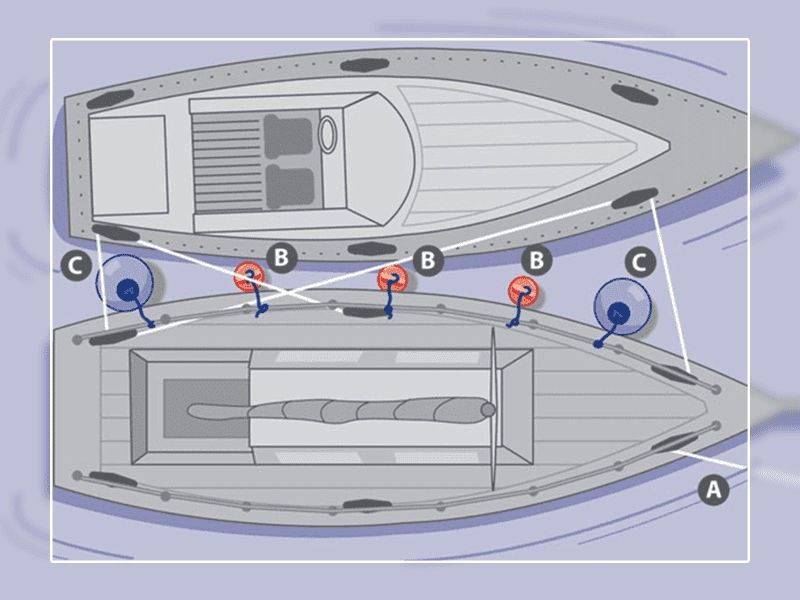
In addition to the beam points, again, consider placing fenders near potential contact areas, such as corners, edges, and areas prone to friction. Try to imagine your yacht crashing into a pier or another yacht – what parts would require repairs afterwards? The angle at which the fenders are placed also plays a role, they should be positioned vertically, perpendicular to the hull, to provide effective cushioning and impact absorption. Make sure that the fenders are securely fastened using proper attachment mechanisms, such as ropes, fender lines, or specialized fender hangers and learn some simple reliable knots, such as clove hitch, to tie them like a professional.
Different docking scenarios may require specific fender placements. For example, when mooring alongside a dock or pontoon, fenders should be positioned to protect the boat from rubbing against the structure.
On the other hand, when rafting with other vessels, fenders should be placed to prevent direct contact between boats. Understanding the specific docking situation and applying appropriate fender placement techniques will ensure maximum protection for your boat.
Wrong Fender Height
Neglecting to adjust the height of the fenders as the water level changes during high and low tides can also render them quite useless: when positioned too high or too low they fail to provide adequate cushioning, since the impact area changes place. That’s why it is important to adjust the fender height to match the changing water level based on local tide charts, that are a must have for every skipper. A quick draw device like this one might help at that:
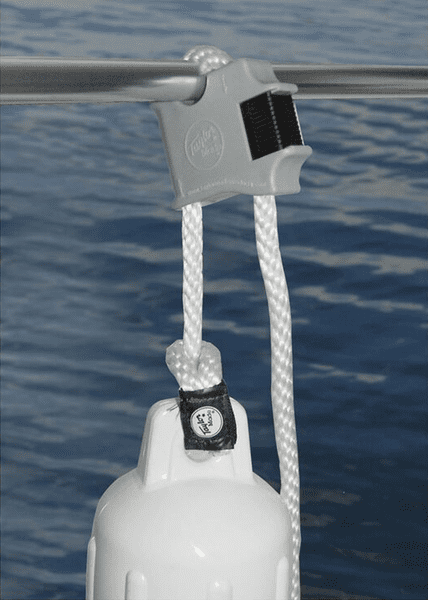
During high tide, raise the fenders to a suitable position to accommodate for the increased water level - as the boat rises with the tide it will still be protected. Similarly, during low tide, adjust the fenders downward to align with the lower waterline. Doing this will prevent the fenders from being positioned too high above the boat, exposing the boat’s belly.
Neglecting Timely Fender Maintenance
Let’s not forget about the importance of proper servicing - neglecting it might lead to premature rupturing, decreased performance, and overall compromised protection for your vessel. You don’t want a broken valve or to see your fender burst in a dangerous mooring situation – imagine that happening when going through chores like fender inspection, cleaning, and inflation checks – always works for us.
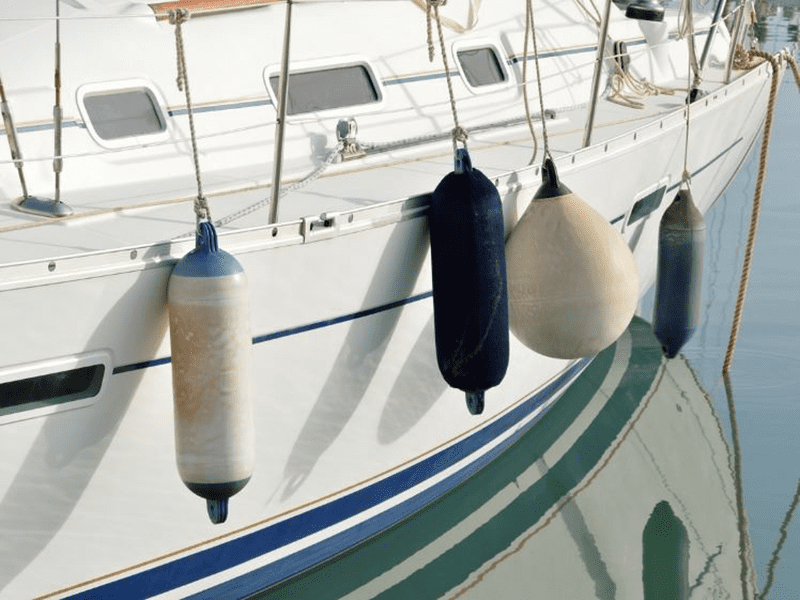
Regularly inspect your fenders for any signs of wear, tear, or damage, look for any leaks, cracks, or deflation, since these problems can significantly impact the fender's ability to protect your boat. If you notice any damage, consider repairing or replacing the fender completely before next trip – it is always cheaper to replace a fender than to pay an invoice for caused damages.
Don’t shy away from cleaning all your protection gear to remove dirt, grime, algae, salt deposits, or any other stuff that may accumulate over time. You can use regular soapy water and a soft brush to clean the fenders thoroughly, just rinse them well after that and allow them to dry completely before locking them in some storage place. By doing this you not only prevent buildup of substances that can deteriorate the material over time, but also improve the visual appeal of your boat.
Controlling the inflation process is another critical aspect of fender maintenance – it is best to check the air pressure regularly and adjust it as needed to maintain optimal firmness, which might be tricky as the weather changes. Over-inflation might cause the fender to become too bouncy and less effective in terms of impact absorption, while under-inflation can reduce its protective capabilities. Refer to the manufacturer's guidelines for the recommended air pressure range specific to your fenders.
Conclusion
Taking the time to understand and address these common mistakes is no easy feat with all the problems that arise daily during a voyage. But think about it as protecting your investments – you got yourself a great yacht, you also got some nice fenders and it would be a shame if a completely avoidable accident happened just because you misplayed your cards! Fenders might not be the most exciting thing about boating, but they allow for excitement to happen.
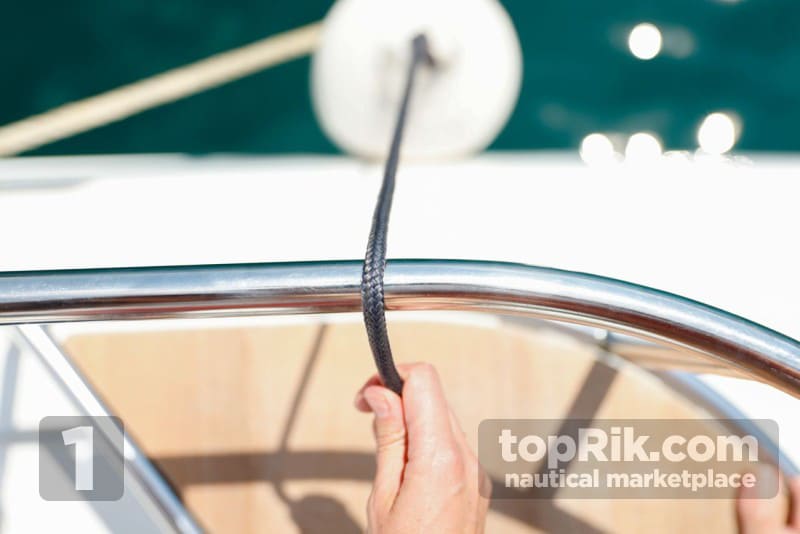
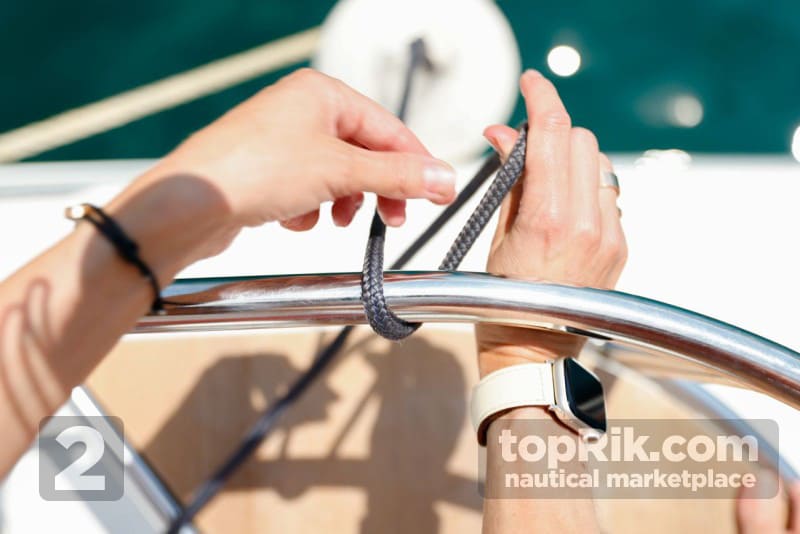
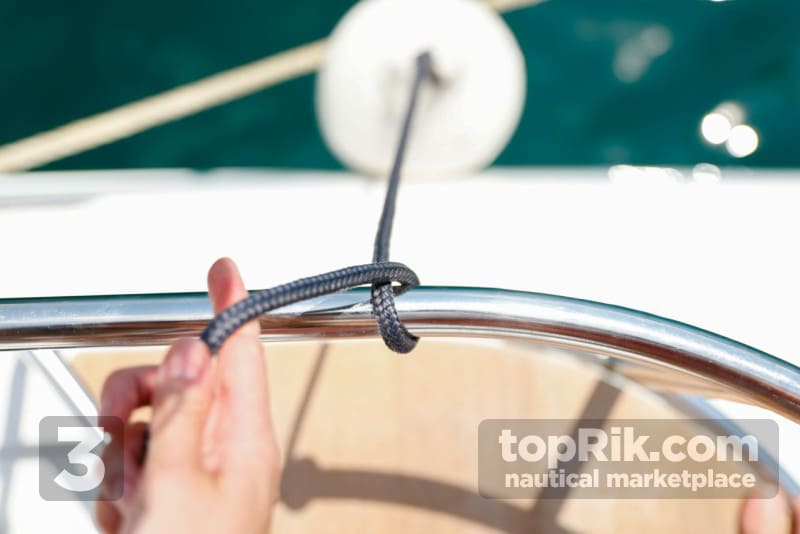
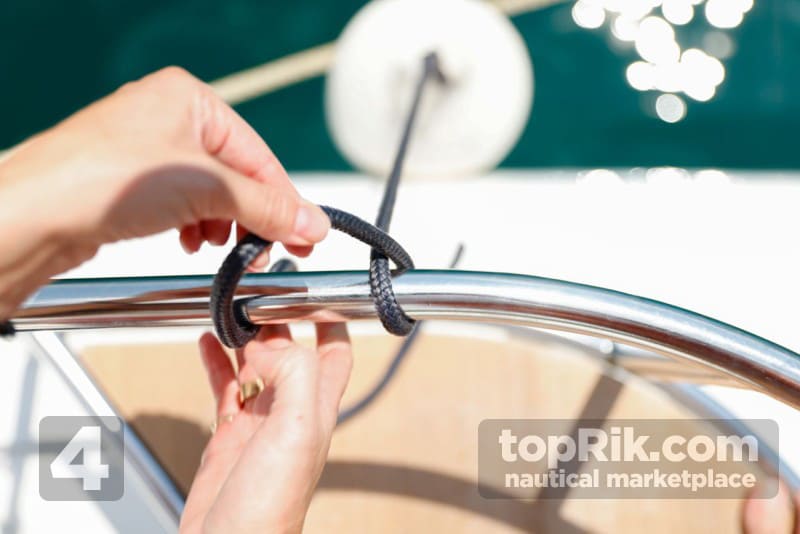
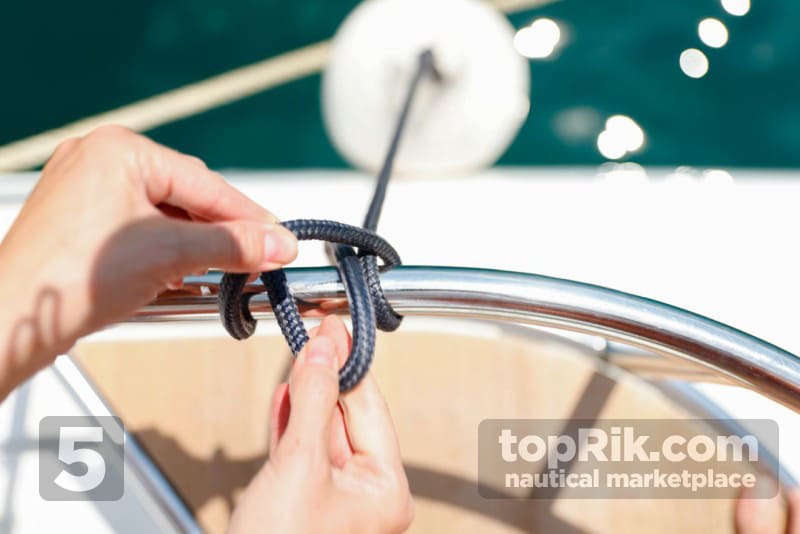
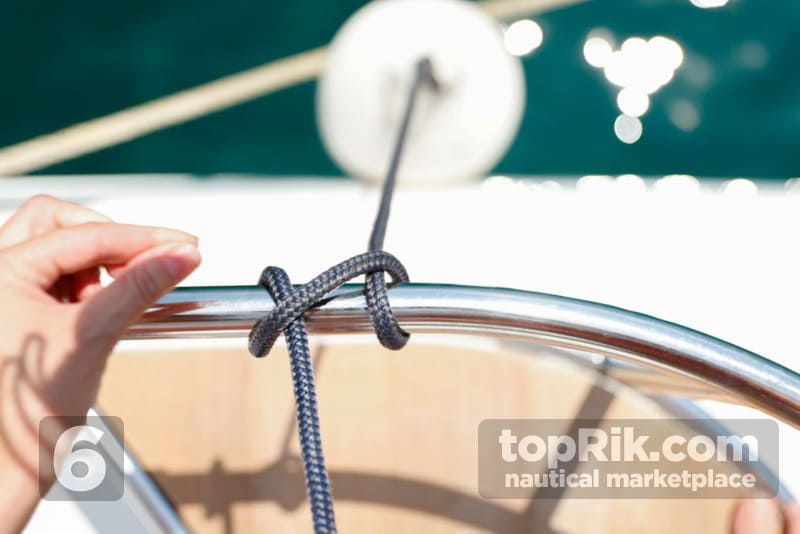
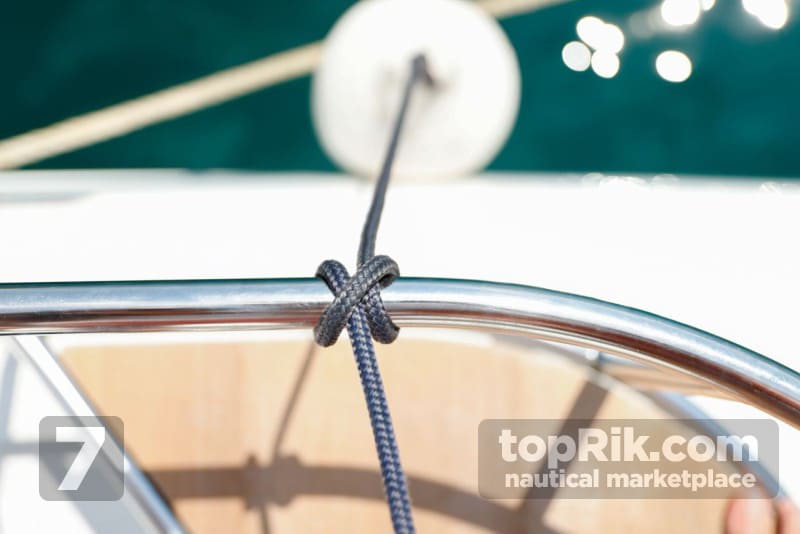
If you really don’t want to make your own decisions when it comes to boat protection, well, you don’t even have to. Just send an e-mail to [email protected] or use topRik’s feedback system to get answers to any questions regarding fenders – we sell a whole lot of different models and can help you navigate through the fender jungle without headache.








